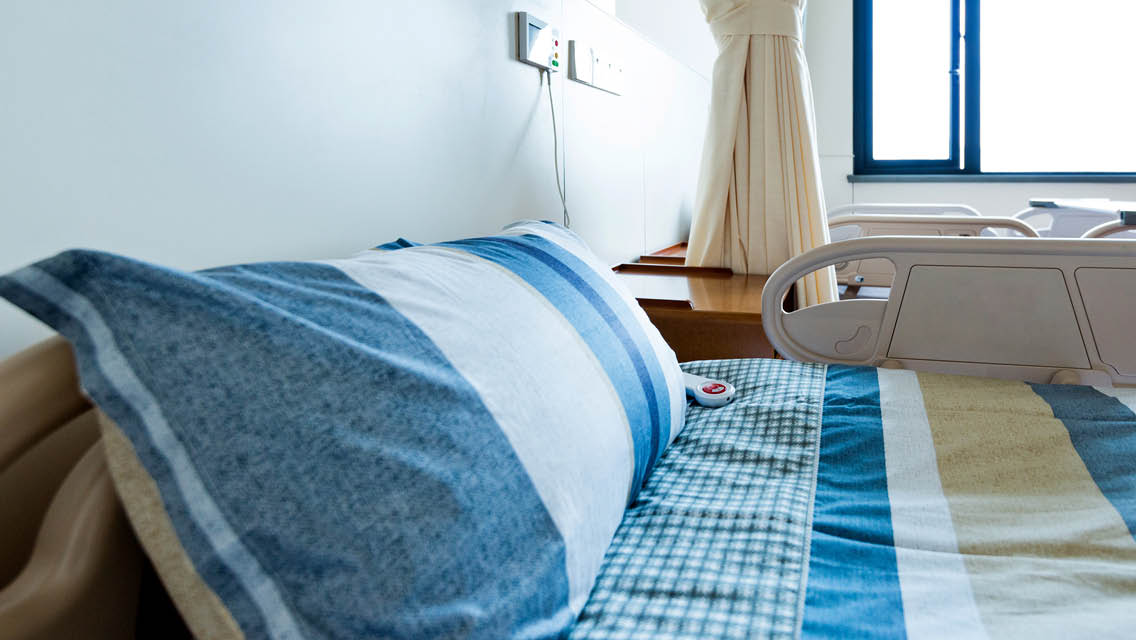It seems the home-healthcare industry is “having a moment,” as they say.
Last week, the nation’s largest health-insurance company, UnitedHealth Group, announced plans to acquire LHC, a major player in the home-healthcare space. The move comes on the heels of similar acquisitions by insurance giants Humana, Aetna, and Anthem in the past year and signals what may become a seismic shift in the way Americans — especially seniors — receive care.
“The hospital has been the epicenter of the healthcare system, and I think we’re seeing that change,” Mark Kulik, managing director at the investment firm Braff Group, tells STAT News. “It’s less expensive, by far, to provide care in the home, and people want it.”
And if UnitedHealth Group and other insurance giants own the home-healthcare companies their members are using, they’re essentially paying themselves for the service. That’s just good business, I suppose, but I can’t help but wonder how this level of consolidation — particularly when it’s driven by companies notorious for their cost-cutting — will affect an industry already struggling to hire and retain enough workers to handle the surging demand.
It’s estimated that 10,000 Americans turn 65 every day, and seven of 10 of these seniors will eventually require long-term care. Currently, some 800,000 Medicaid recipients applying for home care languish on waiting lists nationwide. Those numbers illustrate why home-healthcare jobs are expected to increase by 34 percent by 2029, but another number explains why UnitedHealth Group and its acquisitive peers will likely struggle to fill those slots: $14.15.
That’s what a home-healthcare worker earned per hour, on average, in 2021, according to the U.S. Bureau of Labor Statistics. As paltry as that wage may seem, it still tops by about a buck what LHC pays and about four bucks more than what a caregiver earns at Kindred, Humana’s slice of the home-healthcare pie.
Danielle Williams, 53, earns $11 an hour working for an agency in Arkansas, where she moved in 2018 to take care of her ailing mother. A seasoned home-healthcare aide who had enjoyed a living wage and all the benefits of a union job in Washington state, Williams now works seven days a week and still qualifies for Medicaid.
“It stresses me out a lot,” she tells the New York Times. “I moved from Washington back to Arkansas because my mom needed help. I took a real big cutback. It was like diving into the deep end of a swimming pool when you can’t swim. You try to save yourself, but at the same time, you’re hurting yourself.”
Back in Washington, Williams’s daughter, Brittany, makes $20 an hour for doing essentially the same job as her mom. But she works five days a week and her union provides a full package of benefits, including medical and dental insurance as well as a retirement plan. Lawmakers there in 2001 created an agency designed to serve as an employer of record for home-healthcare workers, who are often hired as independent contractors and are thus prohibited from organizing a union. With the help of SEIU (Service Employees International Union) organizers, they negotiated their first contract with the state in 2003.
The results have been transformative, notes Peter Nazzal, director of long-term care at Catholic Community Services of Western Washington. It’s stabilized the workforce, improved care, and saved the state millions in public-health and other associated expenses.
“It’s a fraction of the cost of nursing homes,” Nazzal explains. “Taxpayers like it.”
Unsurprisingly, home-care workers in the handful of other states, including Minnesota, California, and Illinois, that followed in Washington’s footsteps fare much better than Danielle Williams and her colleagues in Arkansas. Most workers in those states earn at least $15 an hour and receive benefits. They were also better equipped to handle their responsibilities when COVID struck. Brittany’s union worked with the state to secure PPE for home-care workers, negotiated hazard pay, and changed procedures to allow them to process paperwork and complete other tasks remotely. Meanwhile, her mom received temporary hazard pay but was forced to work without any protective gear.
“This isn’t a union state,” she says. “You have to fend for yourself.”
It’s these state-by-state disparities in home-care wages and working conditions the Biden administration hopes to remedy as part of its Build Back Better legislation. The bill, which passed the House last year but remains stymied in the Senate, would allocate $150 billion to trimming waiting lists for Medicaid-funded in-home care services and improving wages for those providing the care.
“From pediatric nursing care to home-care aide services for those with multiple chronic illnesses as they age, this legislation will provide improved access to home care,” William Dombi, president of the National Association for Home Care and Hospice, said in a statement. “We now look to the Senate to complete the work to protect our families and friends who need this essential care.”
Dombi and other home-care advocates may have to wait awhile. There are plenty of lawmakers on the Potomac who place more faith in market-based remedies than in government action. And I suspect they may view recent moves by UnitedHealth, Humana, and the rest as more palliative than predatory.
At this point, Danielle Williams and millions of homebound seniors can only hope they’re right.





This Post Has 0 Comments